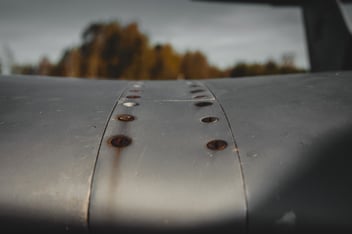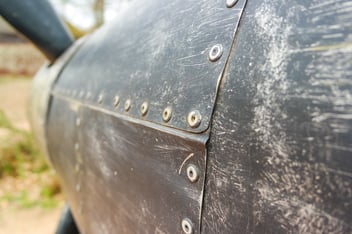Every component must withstand immense operational demands in aerospace engineering. Among the most significant threats to aircraft integrity is pitting corrosion; a silent, localised issue that can compromise safety and performance if left unchecked.
Understanding what causes pitting corrosion, how to detect it and the most effective methods of remediation is critical. This article explores these aspects in detail, highlighting solutions like wire thread inserts as a robust defence mechanism to extend the lifespan of aircraft components.
What is pitting corrosion?
Pitting corrosion is a highly localised form of corrosion that leads to small, often microscopic holes or “pits” in a metal surface. These pits can penetrate deeply into the material with minimal overall metal loss, making them especially dangerous as they often escape early detection.
Pitting corrosion occurs in environments where chlorides, moisture or electrolytes are present, which are common conditions for aircraft with humid air, saltwater and common temperature fluctuations. It’s particularly aggressive in materials like aluminium or magnesium, which are widely used in aerospace for their lightweight properties.
The issues that come with unchecked pitting corrosion
While it may appear superficial, pitting corrosion is a critical issue in aerospace. The nature of aerospace operations demands components be both lightweight and strong, making corrosion a fundamental design challenge as well as a maintenance issue.
- Structural weakening: A single pit can act as a stress concentrator, potentially leading to fatigue cracks and catastrophic failure.
- Hidden progression: Pits often develop underneath paint or coatings, going unnoticed during routine visual inspections.
- Galvanic acceleration: The presence of dissimilar metals (common in fasteners and joints) can accelerate pitting via galvanic corrosion.
Detecting pitting corrosion
Early detection is essential for effective mitigation. Because pitting often begins at the micro-level, standard inspections can miss it. Routine inspections using the below techniques are standard across the aerospace industry, but prevention remains the best cure.
- Visual inspections: Limited to surface-level detection, useful in early-stage or obvious cases.
- Dye penetrant testing: A non-destructive test where a dye highlights surface cracks and pits after cleaning and rinsing.
- Ultrasonic testing (UT): Effective for identifying subsurface pits that can’t be seen externally.
- X-ray and eddy current testing: Advanced techniques ideal for detecting corrosion in complex assemblies and under coatings.
Remediating and preventing pitting corrosion in aircraft
Once identified, pitting corrosion must be addressed promptly. Here’s how aerospace engineers can combat and prevent it.
1. Material selection and protective coatings
Selecting corrosion-resistant materials like titanium or coated aluminium helps, but they can be expensive or introduce weight penalties. Protective finishes, including anodising or cadmium plating, are commonly used to shield metals from harsh environments.
2. Environmental sealing
Preventing moisture ingress using sealants in critical joints reduces exposure to corrosion-causing elements.
3. Optimised joint design
Poorly designed joints trap moisture and create crevices, ideal conditions for pitting. Engineering joint solutions that avoid such traps can reduce the risk significantly.
4. Wire thread inserts - a proven corrosion shield
One of the most overlooked yet powerful defences against corrosion is the wire thread insert, particularly in mechanical joints where different metals meet and corrosion is likely to begin.
- Barrier protection: Acting as a physical shield between the fastener and the parent material, preventing direct metal-to-metal contact.
- Corrosion resistance: Inserts can be made from materials like phosphor bronze or Inconel-X750, and finished with cadmium or silver plating for maximum environmental resilience.
- Load distribution: They dissipate stresses evenly across the joint, reducing the chance of crack propagation from pit sites.
- Repair and longevity: Damaged threads from corrosion can be quickly and efficiently repaired using wire thread inserts—saving time and cost in aircraft maintenance.
Prevent pitting with industry leading protection
Pitting corrosion is a hidden threat in aerospace, capable of undermining structural integrity if not properly addressed. While detection is crucial, prevention through smarter joint design is even more effective.
This is where KATO® wire thread inserts make a difference. They offer corrosion resistance, strength and reliability in even the most demanding environments. Trusted by aerospace engineers worldwide, they’re a proven solution for protecting critical joints.
Download our free guide below to find the right insert for your application and safeguard your designs from corrosion.
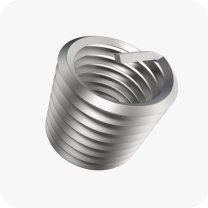
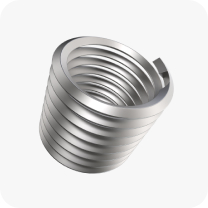
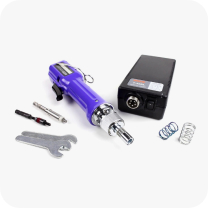
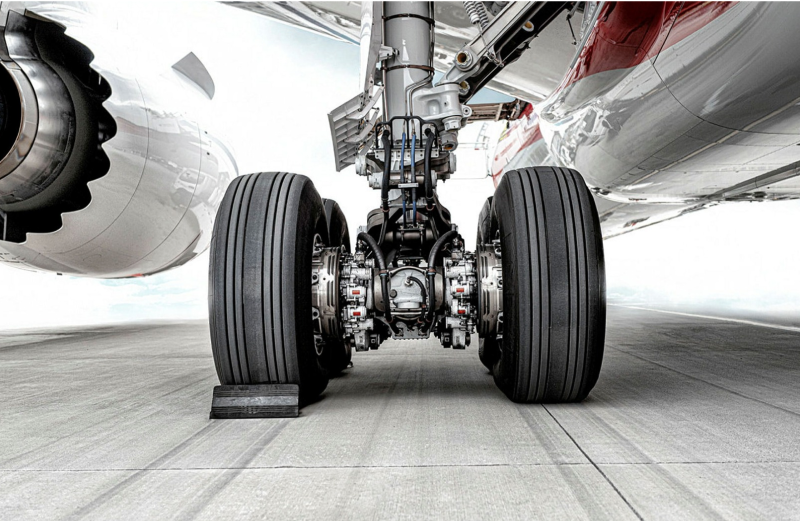
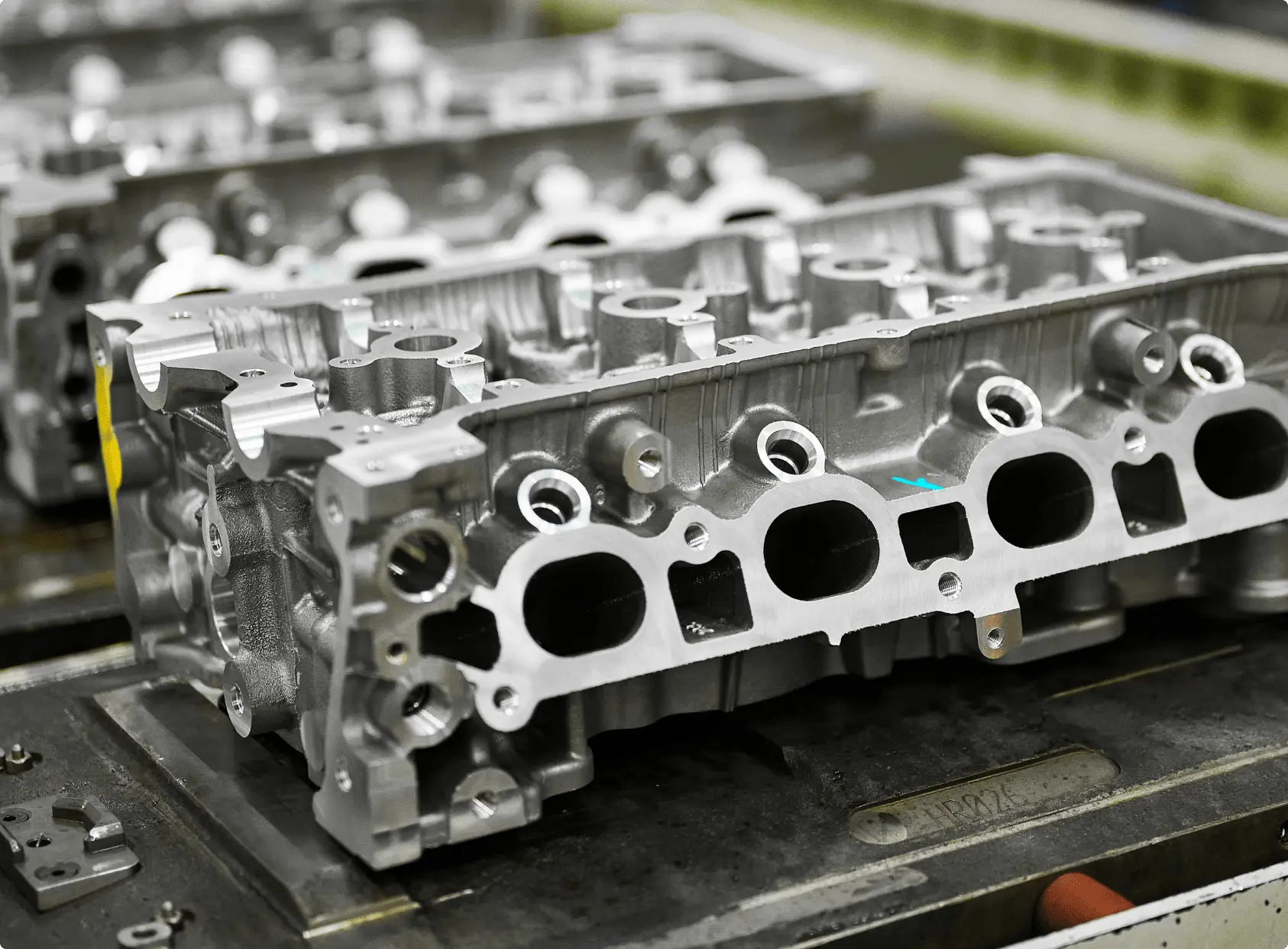
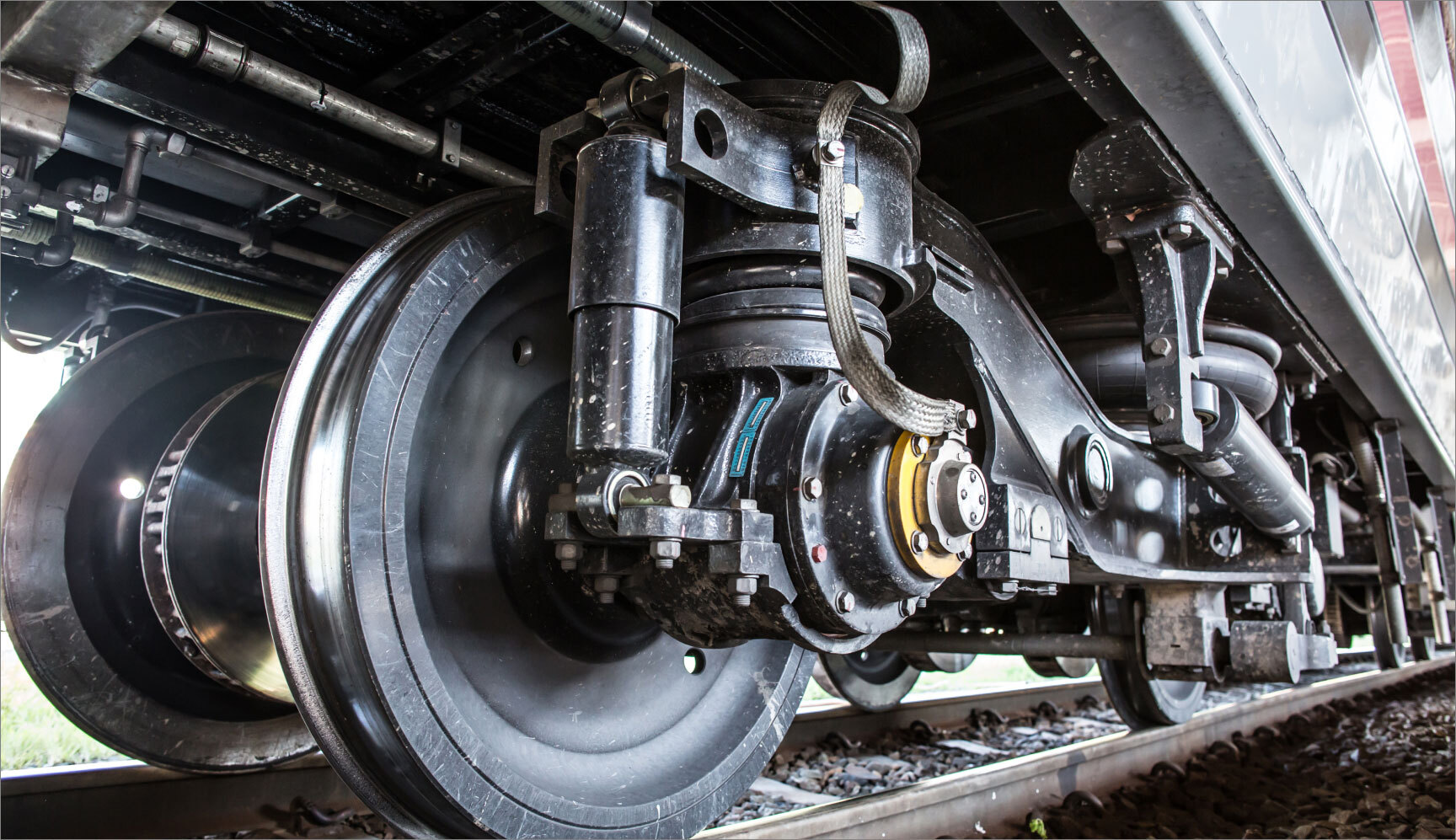

.jpg?width=352&name=Shutterstock_285892688%20(1).jpg)
.jpg?width=352&name=KATO%20PLANE%20(2).jpg)
